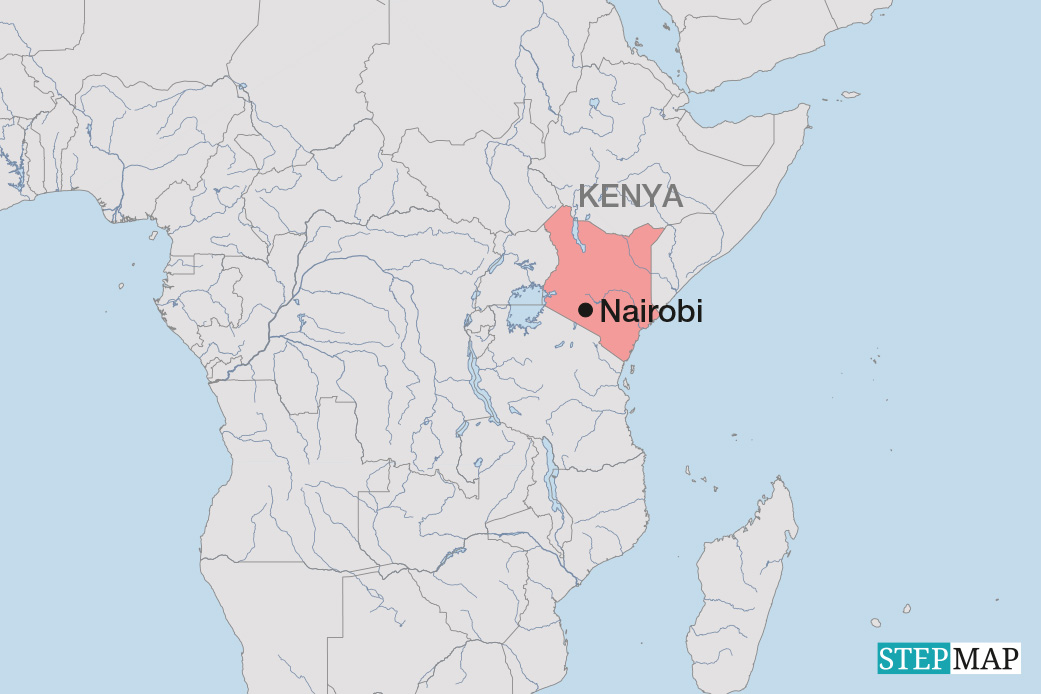Water
Focussing on people’s needs
[ By Christoph Luethi and Elizabeth Tilley ]
The Swiss Federal Institute of Aquatic Science and Technology (Eawag) is developing a new way to plan sanitation systems in developing countries. The Household-Centred Environmental Sanitation (HCES) approach emphasises participation rather than a top-down approach. Eawag published preliminary guidelines in 2005. They provide crucial principles that public officials, decision makers and sector specialists should take into account.
It is essential to address safe water supply, environmental sanitation and hygiene simultaneously. Therefore, solid waste, drainage and excreta management must be considered as interlinked and addressed as such. HCES places the household and neighbourhood at the core of the planning and implementation process. Decisions are thus based on users’ actual needs and their financial means. It is particularly important to involve women in decision making, because they are the ones who not only influence hygiene in the family, but are often responsible for providing water and cleaning the family’s home. The success of any system will always hinge on acceptance of the people who must operate and maintain the facility.
Any viable solution will obviously have to take account of locally prevailing environmental circumstances. In general, ecological problems should be tackled as close as possible to the point of generation. It makes both economic and ecological sense to emphasise resource conservation and the reduction of waste.
Agencies at every level of government should respond to the needs of the people. Eawag does not promote any single specific sanitation solution or technology. Rather, holistic planning should consider as many options as possible. In order to empower stakeholders to make sensible choices, Eawag has published a “Compendium of Sanitation Systems and Technologies” (see box page 429). It lists a host of options from “anaerobic filters” to “pour flush toilets” and “waterless systems”.
In the past two years, Eawag’s HCES approach has been undergoing field tests in seven different countries in Latin America, Africa and Asia (Costa Rica, Burkina Faso, Kenya, Tanzania, Laos and Nepal). The results are encouraging. Experience shows that it is indeed possible to start planning at the household level and then move on to cover entire neighbourhoods and municipalities.
All pilot sites are located in two kinds of settings that are typical of developing countries:
– Unplanned inner-city settlements. Overcrowded, informal, low-income urban slums normally house over half a city’s population in Africa and South Asia. Population densities can go well beyond 500 persons per hectare.
– Peri-urban city fringe settlements on previously barren or agricultural land. These settlements are less dense, with 200 persons or so per hectare.
In both cases, people’s residential status is often insecure, the quality of housing is poor and most inhabitants do not have adequate access to safe water and sanitation. On-site sanitation – for instance, a pit latrine or basic septic tank with no sewer connection – is the norm. Frequent challenges include the contamination of wells and non-regulated faecal sludge management.
The HCES approach stresses the importance of people’s capacity, skills and local knowledge. The kick-off is a one-day community workshop. Interactive discussions ensure that communities’ views and knowledge are recognised. It is important to involve the whole community in planning, implementation and monitoring right form the start. At the end of the launching workshop, an “environmental sanitation task force” or a “HCES development committee” is formed. It must include representatives of all major stakeholder groups.
Successful work depends on the wide dissemination of information on affordable and sustainable options. It is of particular relevance, of course, to brief those who are responsible for improving environmental services: municipal officials and urban planners but also community representatives or chiefs.
On the fringes of Dodoma
Eawag’s pilot site in Tanzania is a good example of successful community-led planning. Chang’ombe is a low-income, unplanned settlement on the northern outskirts of Dodoma, the country’s capital city. Chango’ombe has only recently been regularised, so some 35,000 inhabitants now have secure tenure. The Capital Development Authority (CDA) is in charge of urban planning.
Population density in Chang’ombe is still quite low, totalling around 210 inhabitants per hectare. Together with a local partner, the non-governmental organisation “Mamado” – the acronym stands for “Maji na Maendeleo Dodoma” – experts from Eawag implemented the household-centred approach. The result is a viable urban environmental sanitation service plan for Chang’ombe that should eventually improve the infrastructure of the entire settlement. The multi-stakeholder process involves the town’s service utility, the local authority, NGOs as well as neighbourhood committees concerned with water and sanitation.
The launching workshop took place in October 2007. All segments of the population were involved, including women’s groups, teachers, religious leaders, youth representatives and elected ward committee members. At the workshop, the main foundations for the planning process were laid. The HCES Steering Group was elected, and the primary and secondary stakeholders were identified. The Steering Group presented its Status Assessment Report last year. This document deals with institutional responsibilities, community hygiene behaviour and attitudes as well as infrastructural deficits. After that baseline work, users’ priorities were assessed too. It turned out that Chang’ombe’s residents are unhappy about the quality of roads, irregular water supply and the poor state of latrines.
This kind of assessment is important. Very often, sanitation is not what worries people most. Nonetheless, it is an area where improvements can be relatively easily achieved. For the purpose of broad based acceptance of any measures, it therefore matters very much to put the issue in perspective.
Potentially, the most important step in the entire HCES approach is to assess viable sanitation options that are environmentally sound. Relevant aspects include finance, technology and institutional responsibility. Eawag’s compendium proved very valuable in this context, allowing people to consider a host of different technologies that fit different environments.
In Chang’ombe systemic options were assessed in two steps:
– the experts’ workshop involved representatives from the municipal council, health department, ward leaders, service providers as well as local and international NGOs,
– the community sanitation options workshop was open to all Chang’ombe residents and was attended by 70 participants.
The experts’ workshop proposed four system configurations with technology options that would be appropriate in the water-scarce environment of Dodoma. These options were then explained to the community workshop, which analysed the four alternatives.
Next, three pilot sanitation facilities were built to test user acceptance before moving to wide-scale replication for the entire neighbourhood. The pilot facilities were built at public venues like ward offices or schools, so many users can evaluate the options for themselves. The pilot facilities, moreover, have made it possible to assess costs accurately, test the quality of construction by local builders and suggest further improvements and adaptations.
In early 2009, a one-year social marketing and hygiene campaign started at the household level. It targets the residents of Chang’ombe and three primary schools which, so far, do not have improved sanitation facilities. At the same time, the key stakeholders – NGOs, the local authority and the HCES Steering Committee – are working on a “microfinance for sanitation” scheme, which will allow people to access investment funds at affordable rates.
In the course of next year, it will thus be possible to scale up the sanitation system so as to eventually cover all of Chang’ombe. The HCES approach has proved a sensible way of planning and implementing vital infrastructure that is required by the UN’s Millennium Development Goal 7. Safe drinking water, after all, is only readily available where sanitation has been taken care of.







